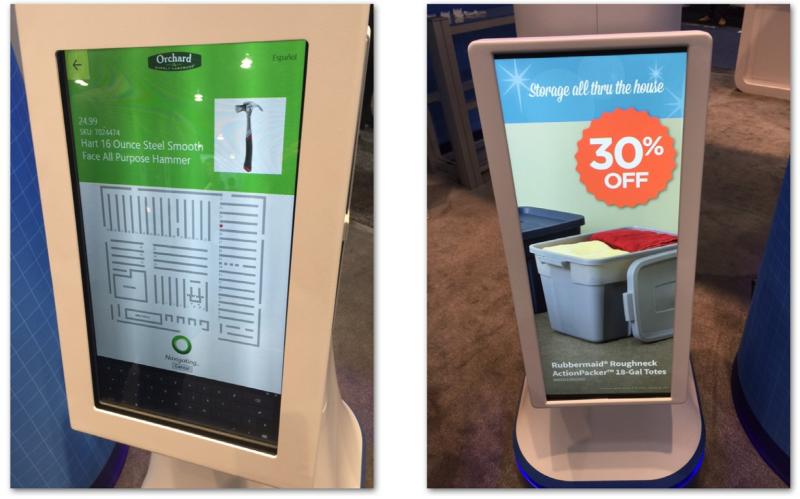Differentiate Your Digital Business With A Device Innovation Lab
I've just released a significant new report, How To Build The Device Innovation Lab That Differentiates Your Digital Business. Innovation is a huge topic – just ask my colleague Martin Gill, who leads Forrester's digital business transformation research. But I&O leaders have their own role to play in innovation: Specifically, the use of devices and similar technologies to drive business results.
I interviewed companies from a variety of verticals – travel, retail, energy, clothing, financial services – and spoke to thought leaders in innovation theory to help I&O leaders solve a series of problems: How can we innovate using customer-facing interaction technologies such as mobile devices, robotics, digital signage, and virtual reality (VR)? How can we establish a device innovation lab (DIL) to help technology and business leaders at our company develop technology-infused, customer-obsessed strategies? And what are the success factors for DILs – from mission statement to staffing to key performance indicators?
In the context of my report, a device innovation lab is an a in-house space for designing, experimenting, piloting, and deploying device-based innovation projects. Done right, a DIL can differentiate your business's digital business efforts in impressive ways. Take, for example, Lowes' robotic retail associate, OSHBot.
Lowes' OSHBot Redefines Retail Customer Service
Developed by the Lowes Innovation Labs, OSHBot currently greets customers in a pilot at a San Francisco Bay area hardware store. You can speak to Oshbot, which understands voice commands, in any of 19 different languages. It will show you a map of the store, where the item you are seeking is located – and then it will physically take you to the location. As you walk behind OSHBot, it will show you an ad for other goods at the store.
Lowes' OSHBot: A Map In The Front, An Ad Behind

OSHBot came about through a structured innovation program in a DIL. As Kyle Nel, Executive Director of Lowes Innovation Labs, told Forrester, the company hired professional science fiction authors to envision the future of retail, then created a comic book to depict the vision. For reasons I outline in the report, these comic books helped build consensus around the projet – and OSHBot was born. (To learn a great deal more about robots like OSHBot, please read my Big Idea Report, The Future of Jobs, 2025: Working Side-By-Side With Robots).
Innovation labs (of any flavor) aren't easy. According to a Capgemini report, the vast majority of them fail after a few years. In my report, I detail the example of a company that over-invested, leading to ultimate disbandment. So why pursue them?
Well, because innovation is tremendously hard, and a DILs can help I&O leaders discover, evaluate, analyze, experiment, pilot, and deploy new technologies (or creative configurations of off-the-shelf technologies) in service of solving customer problems. An ever-expanding set of interaction technologies – including mobile devices, interactive digital displays, Internet of Things devices, augmented and virtual reality, automation technologies, and wearables – continue to offer opportunities and challenges to your company. Can you say, right now, what relevance Oculus Rift will have for your customers? How about customer service robots? While Forrester continues to recommend the POST approach (people first, objectives next, strategy third, and technology choices last), someone in your organization needs to have a strong grasp on the "T." A DIL, if done properly, can fill this need effectively.
I invite you to read and download the full report, and to schedule an Inquiry with any questions.
Receive an alert when I publish a new report!
J. P. Gownder is a vice president and principal analyst serving Infrastructure & Operations Professionals. He covers innovation in the context of disruptive devices — from PCs to mobile devices, augmented and virtual reality, digital signage, and, increasingly, robots. Onalytica named him one of the five most important people in the world in the area of wearable computing for 2015. Follow him on Twitter at @jgownder
